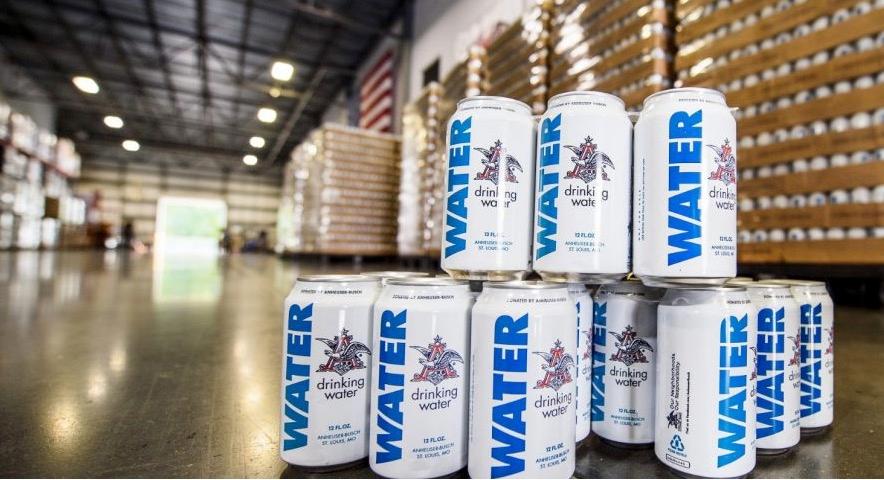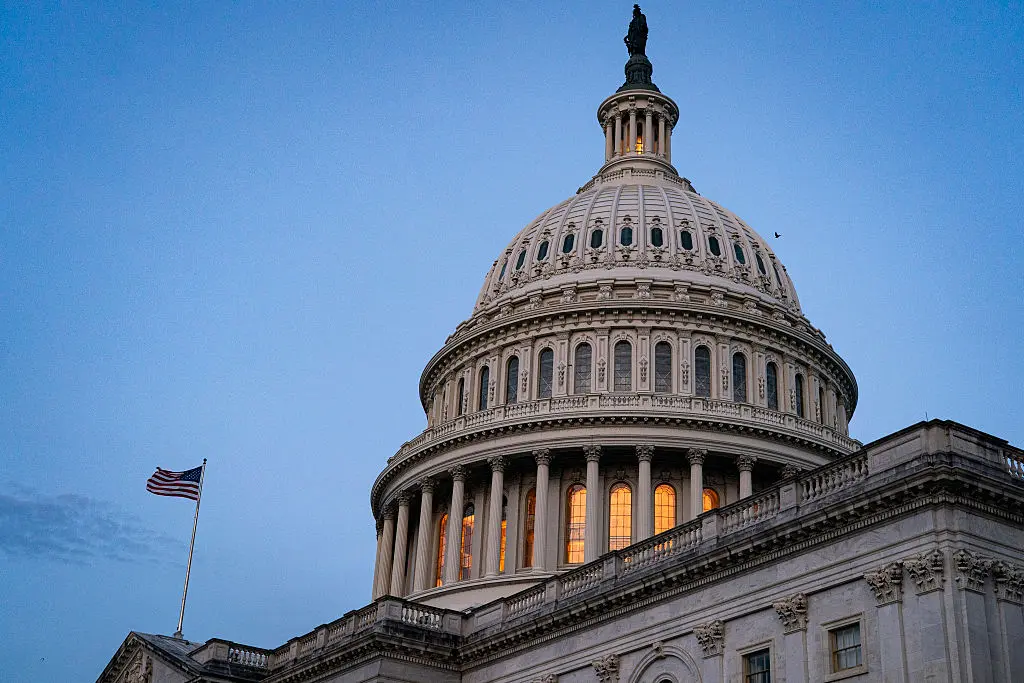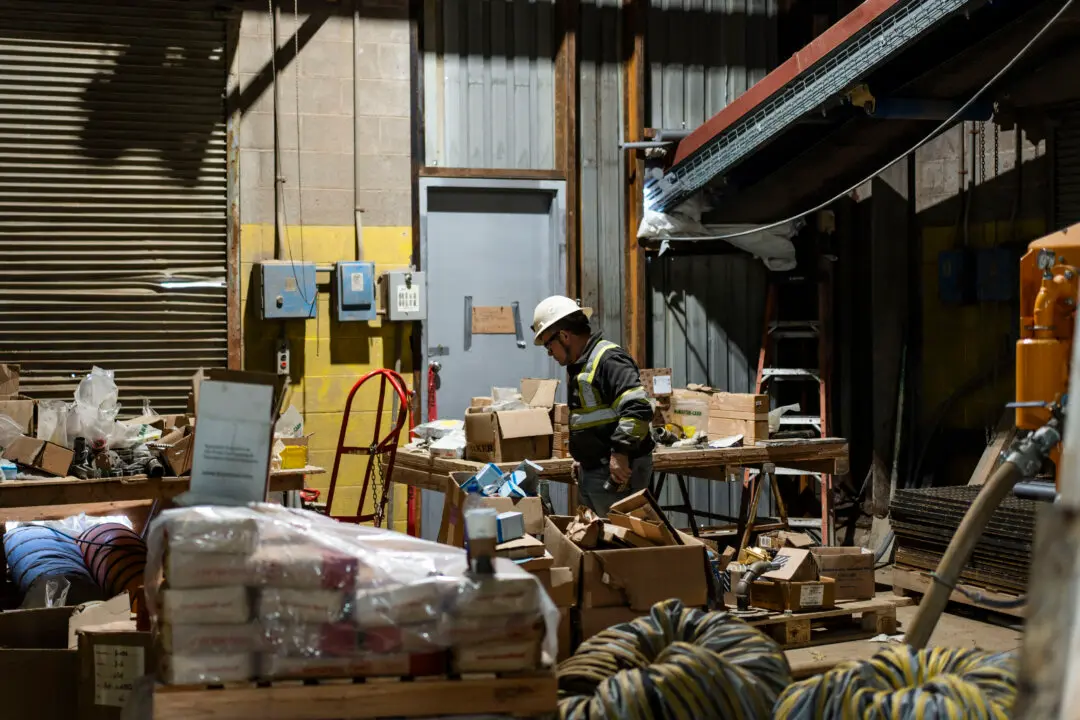A Georgia brewery that produces Budweiser beer is poised to deliver over 300,000 cans of drinking water to help possible victims of Hurricane Florence.

Cans of water manufactured by Anheuser-Busch will be provided in disaster relief efforts ahead of Hurricane Florence. Courtesy of Anheuser-Busch

Tom Ozimek
Reporter
|Updated:



